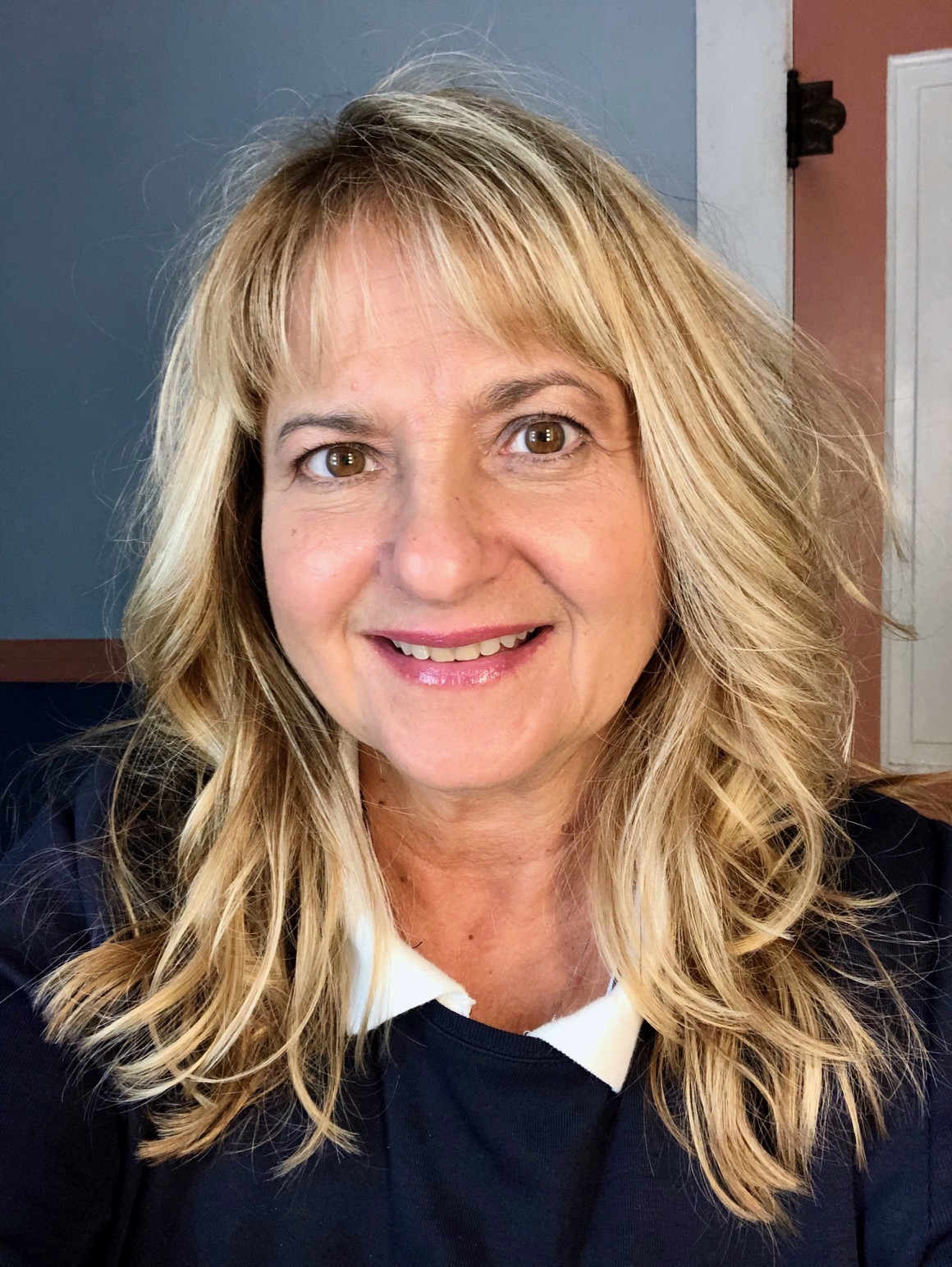9:00am - 9:30am: Check-In & Ice-Breaking Activities | Campus Center
9:30am - 10:30am: Welcome & Keynote Address | Jemez Rooms
10:30am - 11:45am: Workshop Session 1 | Assigned Classroom
11:45am - 12:45pm: Lunch and Group Photo | Campus Center
12:45pm - 2:00pm: Workshop Session 2 | Assigned Classroom
2:00pm - 4:00pm: Raffle & STEAM Fair | Jemez Rooms

Dr. Eileen Ryan earned a B.A. in Physics from Rutgers University, a M.S. in Astronomy from New Mexico State University, and a Ph.D. in Planetary Geophysics from the University of Arizona.
Dr. Ryan is the Director/Senior Scientist of the Magdalena Ridge Observatory 2.4-meter telescope, an instrument whose mirror is the same size as the Hubble Space Telescope. She specializes in finding and characterizing Near Earth Objects, including asteroids, comets and manmade satellites. Dr. Ryan is also known for her work in the physics of collisions and catastrophic fragmentation.
She was a participating scientist on NASA's Double Asteroid Redirect Test (DART) spacecraft mission, which successfully demonstrated NASA’s ability to alter the orbit of an asteroid. DART was sent to the binary system Didymos, and kinetically impacted its small moon Dimorphos, as the first test of NASA’s deflection technology.
Dr. Ryan joined the Magdalena Ridge Observatory (MRO) in 2002. The MRO 2.4-meter Telescope is located on 1,000 acres at 10,600 feet in the Magdalena Mountains of the Cibola National Forest in Socorro County, New Mexico (NM). This multi-use research and educational observatory is built and operated by the New Mexico Institute of Mining and Technology (NMT) with offices located on the NMT campus in Socorro, NM.
As Director of the 2.4-meter Telescope, Dr. Ryan manages its technical, financial, and operational activities, and leads the development of scientific and military initiatives. She is the Principal Investigator of a NASA-funded Near-Earth Objects (NEOs) follow-up program, together with Co-Investigator Dr. William Ryan. This project has been funded by NASA since 2008 to obtain high-precision astrometry of near-Earth asteroids and comets, and to derive physical characterization data such as spin rates and spectral composition, to better assess the potential danger to Earth from these objects.
A ) Plants, Water and Climate
with Sanna Sevanto
How do trees drink, what do they eat, and what happens when the water runs out? In this hands-on workshop, you’ll measure how quickly water moves through different kinds of tree branches, why some trees are thirstier than others and discover how their structures help them survive dry conditions. You will also learn how trees shape rainfall and drought patterns, and how plants keep our planet in balance.
B ) Microbes: The good, the bad, the ugly
with Jeri Timlin
Dive into the hidden world of microbes! You’ll use real microscopes to spot the tiny organisms all around us and see how they infect cells. Then, you’ll run your own mini-experiment to count cells and test how antimicrobials and antibiotics fight back.
C ) Everyone Can Code: Drones
with Kate Sallah
Take flight with code! In this hands-on workshop, you’ll use block coding to program a real drone to zip through obstacles and land safely on target. Work with your team to test, tweak, and perfect your flight path!
D ) Discover the power of isotopes, one card at a time
with Sarah Lu
Think you can handle the heat of radioactive science? In RAD Ratings, you’ll play an interactive card game where you battle it out using the science of radiation, decay, and half-life. Strategize your moves, weigh the risks, and see who can master the science of radioactivity first—while discovering the pioneering women who helped shape the field of radiation science!
E ) Polymer Power
with Leah Appelhans
Get ready to mix, stretch, and squish your way into science! In Polymer Power, you’ll create your own polymers — the science behind everything from slime to sports gear — and test how changing their structure changes their strength and stretchiness. You’ll see chemistry in action as you discover what makes some materials bouncy, bendy, or super strong!
F ) Pizza Party! A 3 Act Math Task
with Lisa Jackson
Help the host of a pizza party figure out how many servings of pizza she has for her party.In this workshop you will watch a short video, share your wonderings, and collaborate to solve a real life situation. What information might you need? Is there more than one way to figure out how many servings of pizza are in two and half pizzas? A fun, hands-on experience that will strengthen how you use and think about math in everyday life! WARNING : You may leave with a strong craving for pizza!

